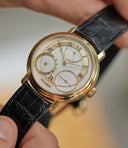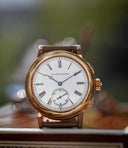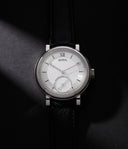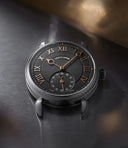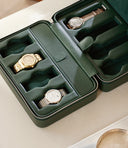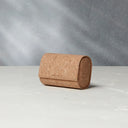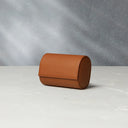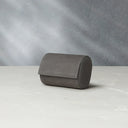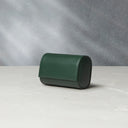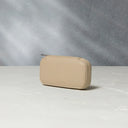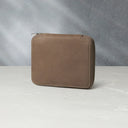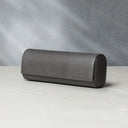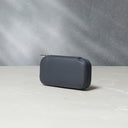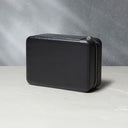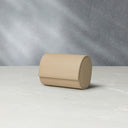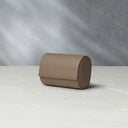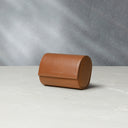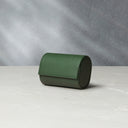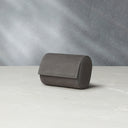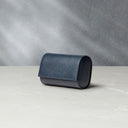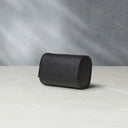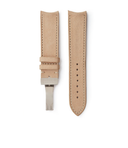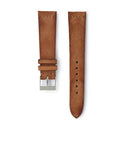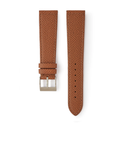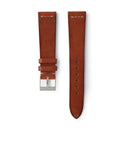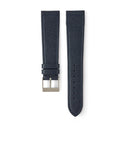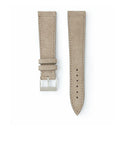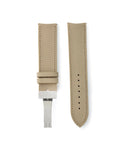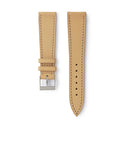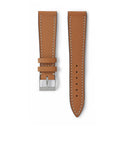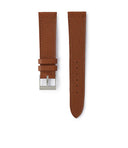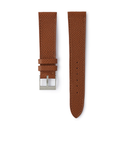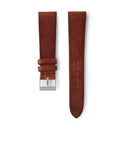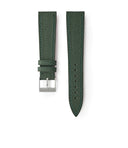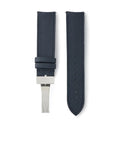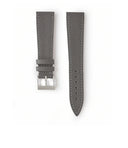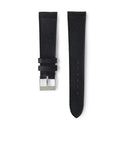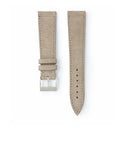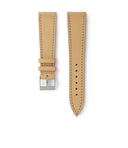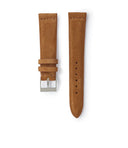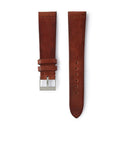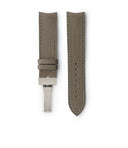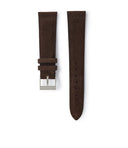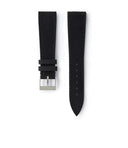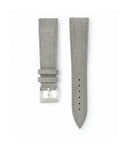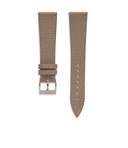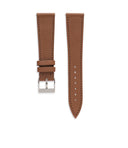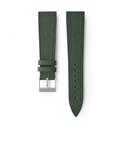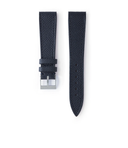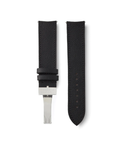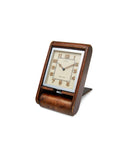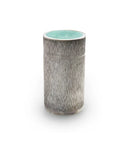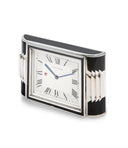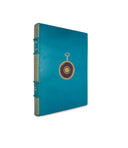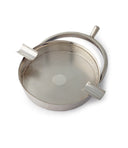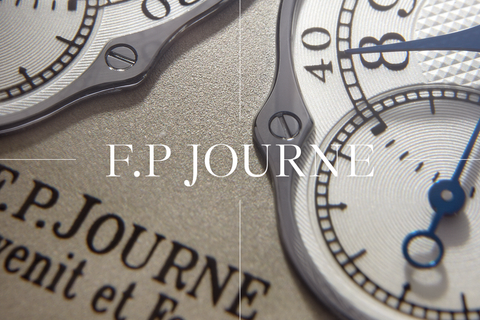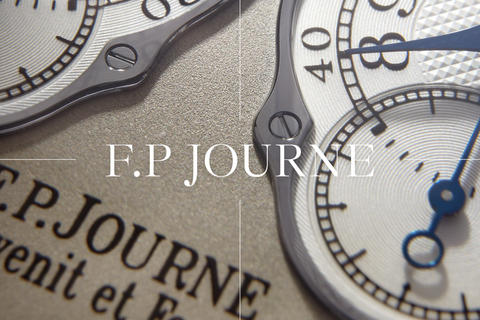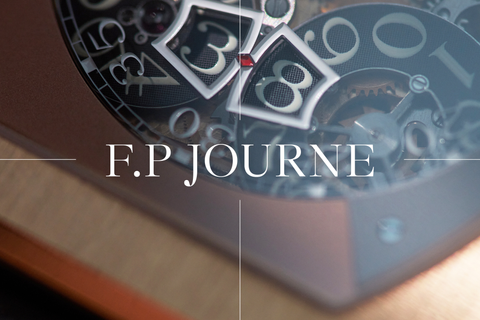This Limited Edition F. P. Journe Ruthenium Chronomètre à Résonance* watch is one of only ninety-nine pieces, created between 2001 and 2003. Each of the series is individually numbered (XX/99-01R) and cased in platinum. The pairing of a quintessential F.P. Journe complication with a rare and attractive metal like ruthenium makes this watch both mechanically and visually impressive.
THE STORY OF EARLY F.P. JOURNE
It can be said that François-Paul Journe is one of the most influential watchmakers of the modern era. Alongside a select few craftsmen, he has led the way in combining the inventiveness of late-18th century horology with the creativity that today’s technology affords us. He manages to bring classical style and his own distinct vision together, through brilliance in design and astute mechanical know-how. Yet he wasn’t born adjusting escapements or designing calibres. In fact, as many of you may know, he was a fairly rebellious child, so how did he end up as one of the world’s most respected watchmakers? His path to success certainly wasn’t linear.




From growing up in Marseille, to learning the fundamentals of antiquarian horology in his Uncle’s workshop, Journe’s journey to becoming one of the most respected independent watchmakers has been a long and colourful one. Moving into producing calibres for brands under the company THA, which he ran with Dennis Flageollet and Vianney Halter, he quickly learnt what it took to create wristwatches at the highest level. He debuted his first independently produced wristwatch, a gold dialled tourbillon, at the AHCI booth at Baselworld in 1991. Unable to generate any real traction there, he would go on to offer it under a souscription model, just as Breguet did before him.
From these first 20 pieces, he would go on to build one of the most impressive independent brands in the market today. With boutiques across the world and a string of innovations keeping true to the motto inscribed on each dial “invenit et fecit”.






























































































